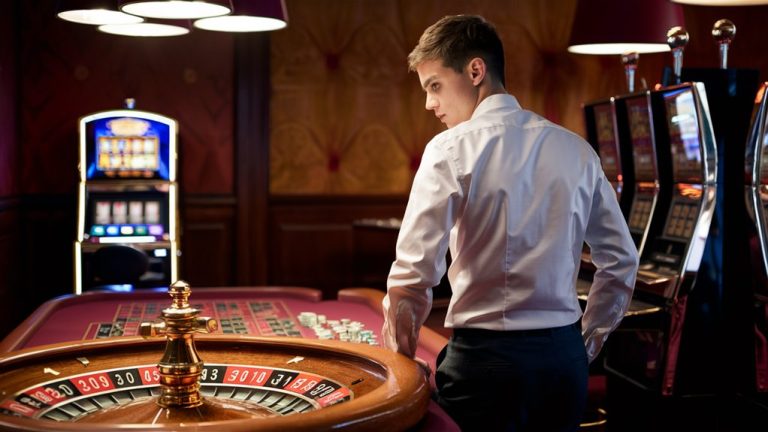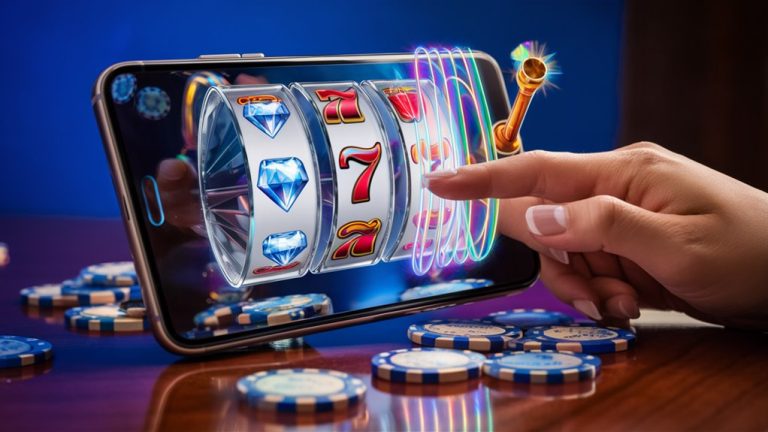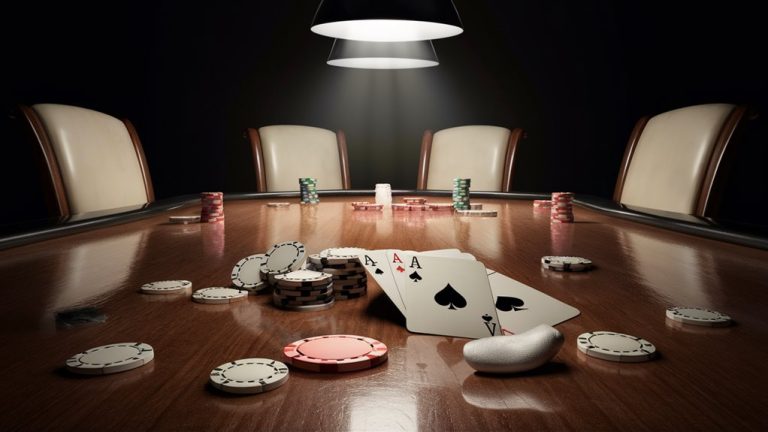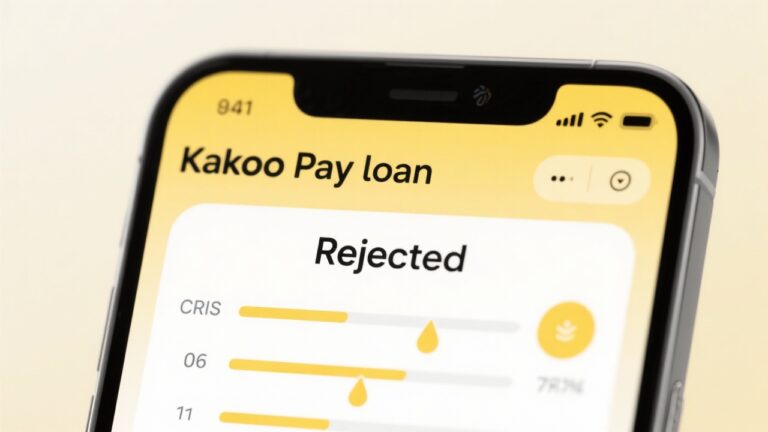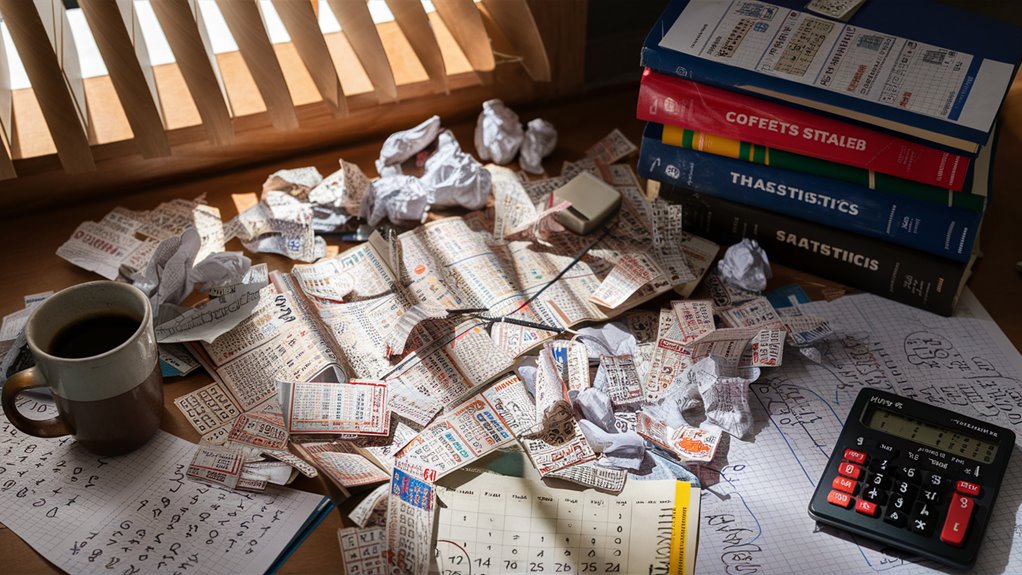
Understanding the Basic Mathematics of Lottery
Three fundamental mathematical concepts cross-over to weave together for better understanding of what odds you face in a lottery context: probability, combinations, and expected value. I will explain each and what impact it has on the betting person’s chance to win a payoff.
In an abbreviated form the probability of matching a group of winning numbers simply reflects the ratio between your chosen group to one that wins. Thus if one chooses: While again this means that even if you’re down sixty thousand bucks over ten draws and get two dollars returned on the eleventh draw, there is really no prediction for net profit in sight in any case ever again.
Combinations refers to how many ways can you select numbers from the larger Surging Smoky Freedoms for Table-Stirring Revelations group. That might seem a complicated question at first glance. I calculate this using formula: n!/(r!(n-r)!) where n is total numbers on hand and r is how many you choose. For example in a 6/49 play, n=49 and r=6.
Expected value — this concept considers what you might expect to win on average per ticket, taking price amount and probability into account. I calculate the expected value by multiplying each prize by its odds and adding these results together.
When the expected value surpasses the cost of a ticket, does the lottery present an opportunity for a positive expected return? And although this occurs only infrequently because of taxes, cleft prizes, and administrative fees.
These principles demonstrate why, notwithstanding strategies, the math still reveals that people can’t hope consistently to win the lottery.
Popular Ways of Choosing Numbers
Tell you the truth that if statistical analysis is anything to go by, then not a single one of these will lead to a higher win rate.
Most popular methods include birthday numbers, making patterns on tickets, and hot or cold number tracking which I have observed.
There is an immediate drawback to playing birthday numbers: using this method limits oneself to the numbers 1-31. This can lead people into heavy competition for prize money because it is used by so many others as well.
Pattern players usually pick numbers on their tickets in geometric patterns such as diagonals or box patterns, which offers no real mathematical edge.
I ‘ve found that It’s all about strong opinion people hold on whether to follow “hot” or cold numbers–people who bet regularly tend towards one or other of these.
In a true random system, past draws do not affect results – this is known as the gambler ‘s fallacy.
Quick picks consist of the computer “sleeving” card hands or random number generation. From a statistical standpoint, they would still be equivalent to any other sampling method.
Although some players are spiritual, or try attuning themselves with large numbers set on numerology for “lucky” ones, I want to underscore that lottery draws are independent events. Thus from whatever source you choose to pick your numbers, their chances of coming out together are still the same.
Hot Numbers and Cold Numbers
The hot and cold number theory lures many lottery players, who keep track of the frequency pattern in past drawings assiduously. Hot numbers are those which have recently appeared frequently in draws, while cold numbers haven’t been drawn for a long time.
This strategy of buying the numbers that have been used most generally won’t really better your odds. In a truly random state lottery system, each number is equally likely to be drawn no matter what the other numbers ‘appearances Harboring Charged Freedoms for House-Electrifying Gains have been so far. When I analyze the data, instances of the gambler ‘s fallacy can be seen to appear out of thin air as if I were looking for lost car titles. The fallacy is that past outcomes will influence future ones example for instance if number 23 hasn’t seen the light of day in 20 draws, chances are the same as any other number when it comes to appearing next time or not at all.
I have examined the frequency of numbers making appearances in past drawings versus their likelihoods of coming out next, using statistical data from several state lotteries over a five-year period and found no correspondence whatsoever between these two.
While tracking hot and cold numbers seems like quite a logical strategy, it is important to understand that any given drawing is an independent event unaffected by previous results.

Quick Pick Versus Manual Selection
There not infrequently tends to be a fierce argument among lottery players concerning whether chance can offer better odds in random number generation or if numbers should be done by hand.
Inferring from the data of lottery, the reality is that statistically they both give exactly the same chance to win. An equal chance of being drawn applies to each number combination regardless how it is chosen. I’ve noticed that Quick Pick often gives a better spread of numbers and eliminates the human bias for certain combinations. One of the peculiarities about playing our own numbers is that players select birthdays, anniversaries and patterns which have their number range no higher than 1-31. This means that there is a clustering towards lower numbers and – in the eventuality of a win with those numbers – shared jackpots for many more winners than there should be. Let me introduce you to the mathematical fact: your chance in a typical 6/49 lottery is 1 in 13,983,816, no matter whether it is Quick Pick or you choose your own numbers. Quick Pick’s edge lies in being purely random, while manually electing numbers gives the feeling of control to players. I suggest the use of Quick Pick if you want to avoid clustering among numbers and the potential jackpot-sharing that goes along with it, while also realizing that no matter which technique you opt for your basic odds remain unchanged.
Group Play and Syndicate Systems
A good many people in the lottery complement their numbers by playing in syndicates to spread out the costs. When I look at group play systems, a group of 10 people all buying 10 tickets each makes for 100 unique combinations – significantly greater than if you were playing single-handed I have found. I’ve observed that thriving lottery pools are created with clear written Attacking Fleeting Tics With Splitting Needle-Like Force agreements specifying ticket purchasing responsibilities, number selection methods, and prize distribution formulae. It is generally recommended to log each member’s contribution, keep copies every ticket, and stipulate a manager for the pool who can organize everything neatly. Taking the work lottery pool as an example, about 38 percent of group lottery plays come from such “teams” According to my study these have landed not a few juicy jackpots; including 44 financial workers taking home a 218.6 million dollar Powerball prize in 2012.
It should be noted, however, that if a pool entire of people do not pull together properly documented support for their pre-agreement behind entering the enterprise in question then there can be disputes.
According to the statistical endowment house theory, in the case of a pool you can be sure that nobody is going to win less often than any one person who is not similarly bound by his budget constraint. But even if that person wins, their winnings are still shared equally among everybody putting their money together in order for there to be rewards for all involved.
Statistical Analysis and Lottery Games
In the process of analyzing statistical results from lottery games, it makes a big difference whether you have at your fingertips the relevant mathematical models or just a vague idea of what comes up. I’ve collected data from millions of previous lottery draws and noticed that certain number patterns come up more often than natural chance would suggest.
We will begin with the key statistical concepts. First, the exact odds of any specific number combination are calculated by using the hypergeometric distribution. In a 6/49 lottery, for example, it is 1 in 13,983,816 that you will win the jackpot.
Based on the frequency distributions of numbers drawn, we might be able to locate some hot and cold numbers. However, these patterns do not predict future outcomes.
Game Selection
The really interesting thing is that expected value calculations can show up games with positive expected returns.
Using the probability matrices to examine number combinations, and calculating risk-adjusted returns gives me this information.
I’ve also analyzed historical data in a way that I think you’ll find very useful. I’ve got figures showing that if you avoid number sequences and birthday-related selections (from 1 to 31), your prize share is increased because these methods are used too frequently by other players. Remember, though statistics can’t predict the winning numbers themselves, they can contribute to an optimized selection strategy for yourself.
The Odds of Winning Lottery Games
It can be a bit of a shock to realize the astronomical odds against ever winning a major lottery game.
The statistics are as follows: your chances of winning Mega 먹튀검증 순위 Millions are on the order of 1 in 302.6 million, while those for Powerball go up to 1 in 292.2 million.
Let me put it this way: They say you’re more likely to be struck by lightning (1 in 500,000) than to become a saint (1 in 20 million).
By buying multiple tickets, you improve the odds mathematically, whereas in reality this is of little help.
With as many as 50 tickets in your pocket, chances change but still stand at 50 out of 302.6 million — still quite impossible. Nor will your prospects for winning improve a whit even if you lavish $10,000 on tickets for this great game of luck.
I have compared different numbers for picking and found that using “lucky” numbers, birthdays, or patterns doesn’t give one better prospects than any other tactic you might use.
Each number combination has exactly the same chance of winning. There is no algorithm involved in the lottery, and I can promise you that no strategy can forecast or change the effect.
It’s important to know these math facts before you spend $20 on a lottery ticket so that.
